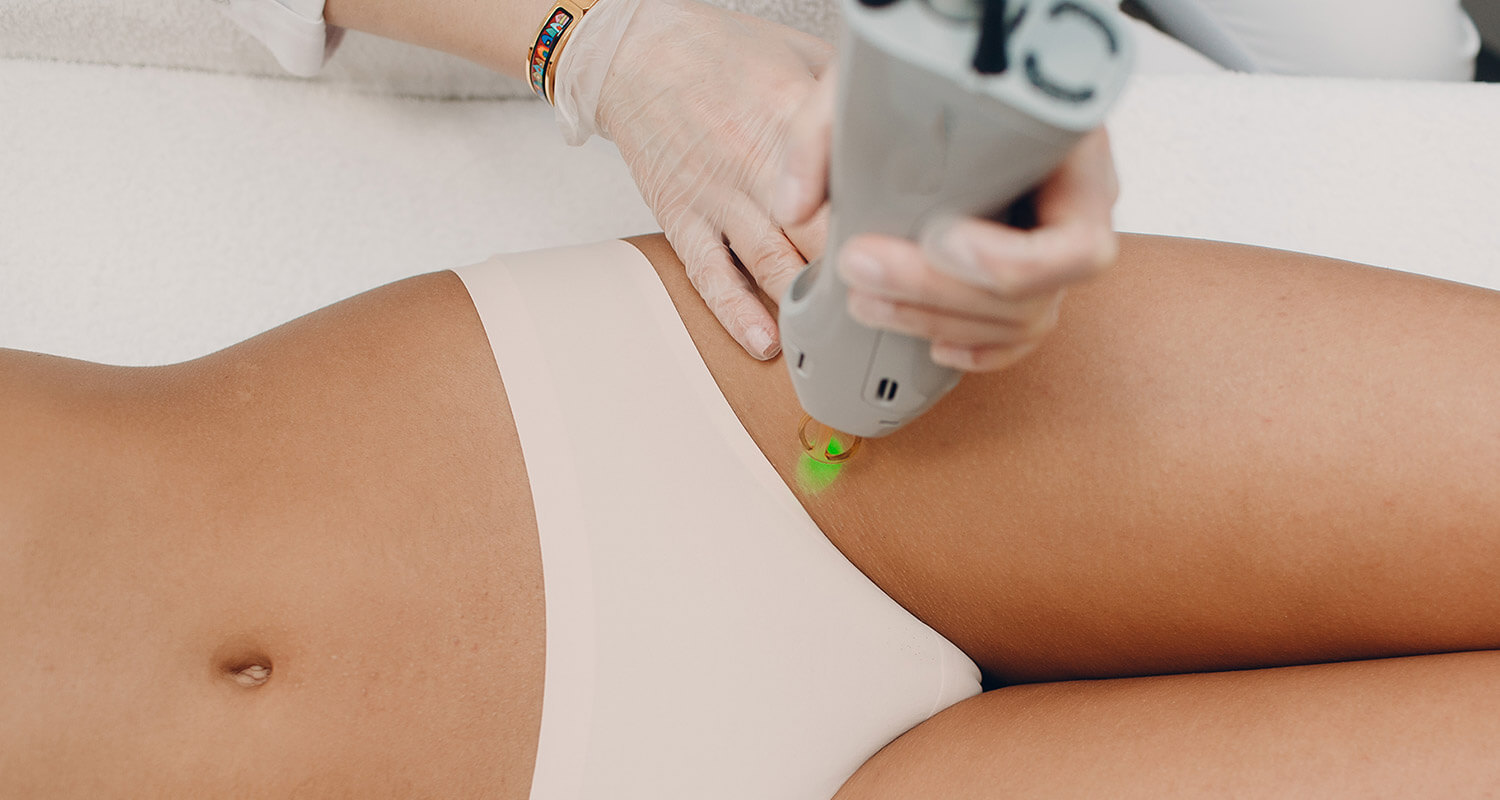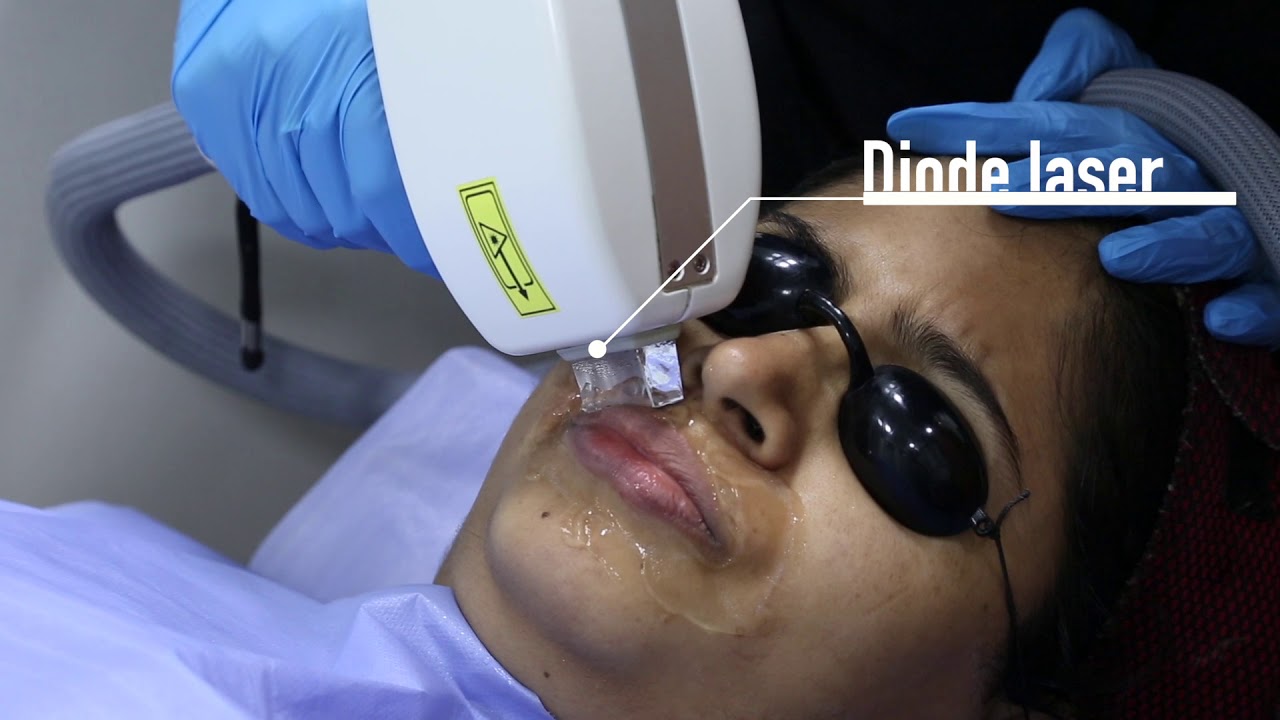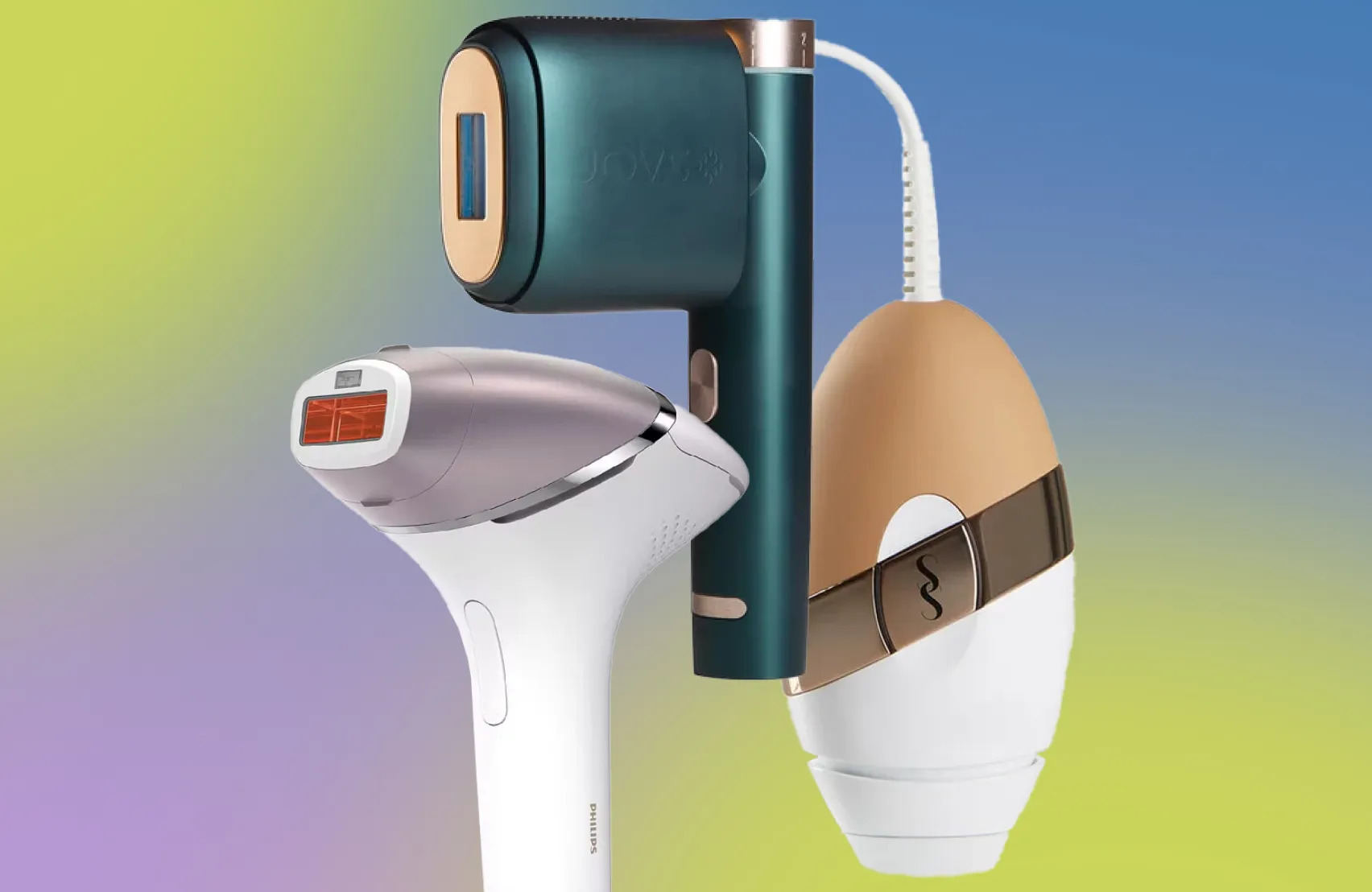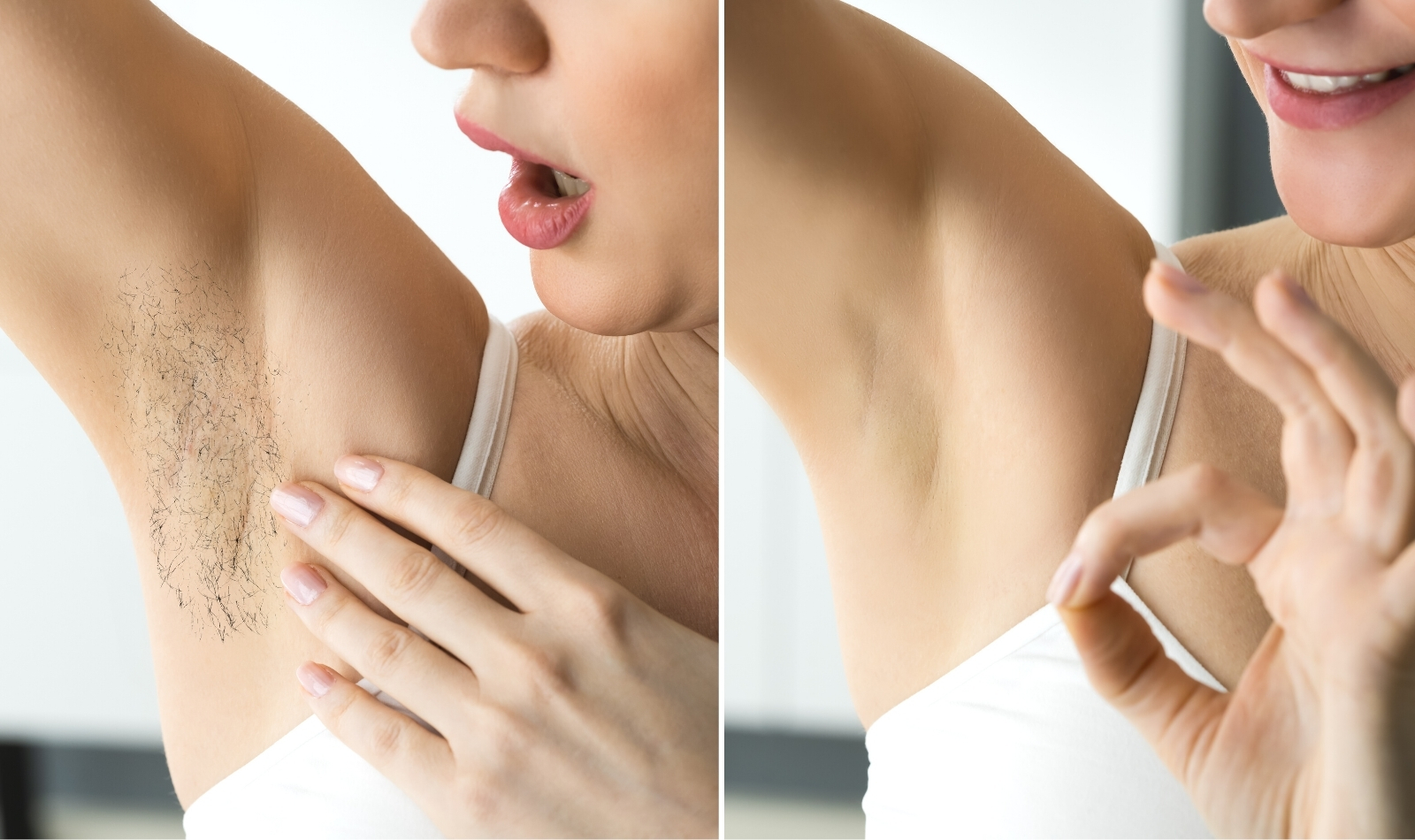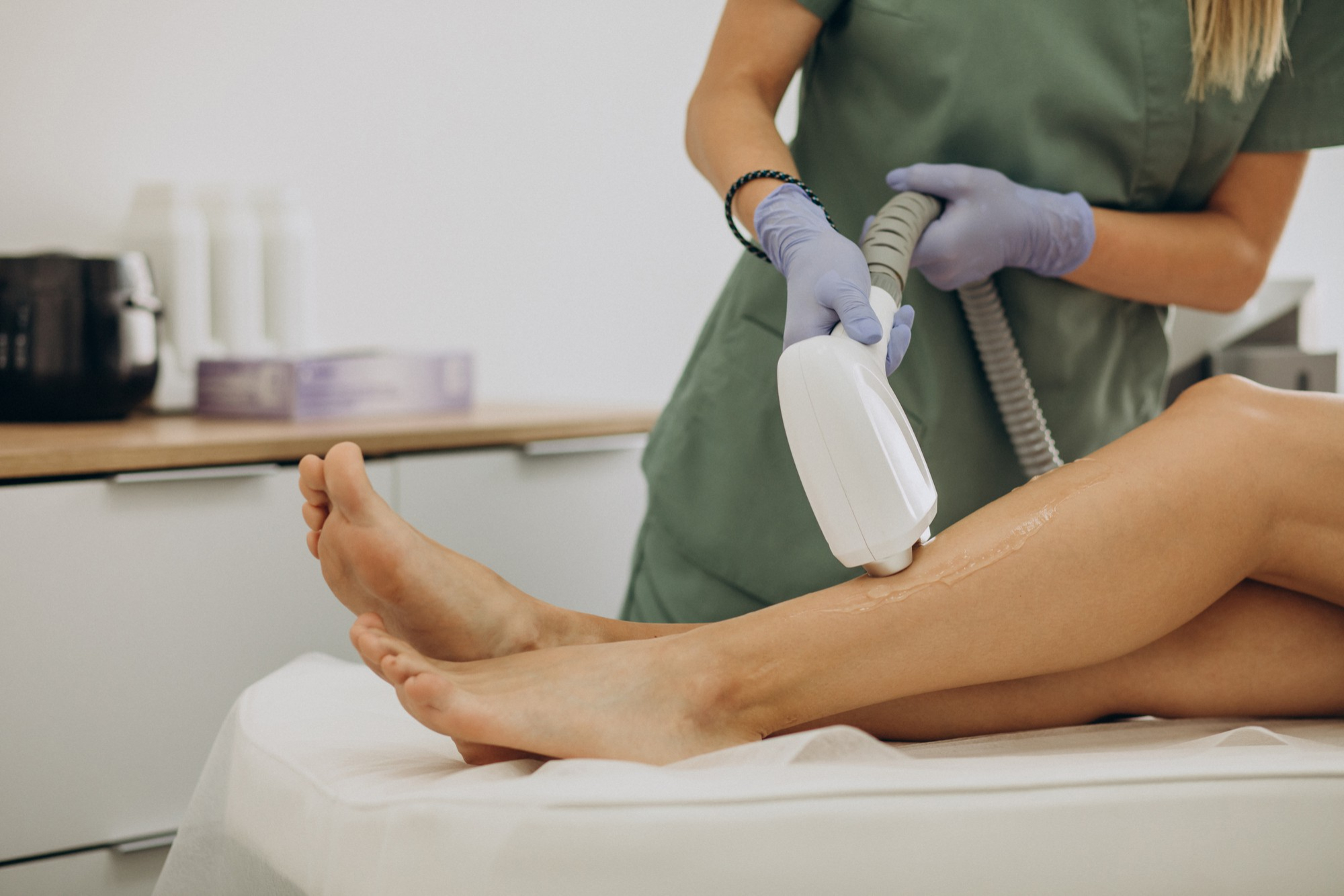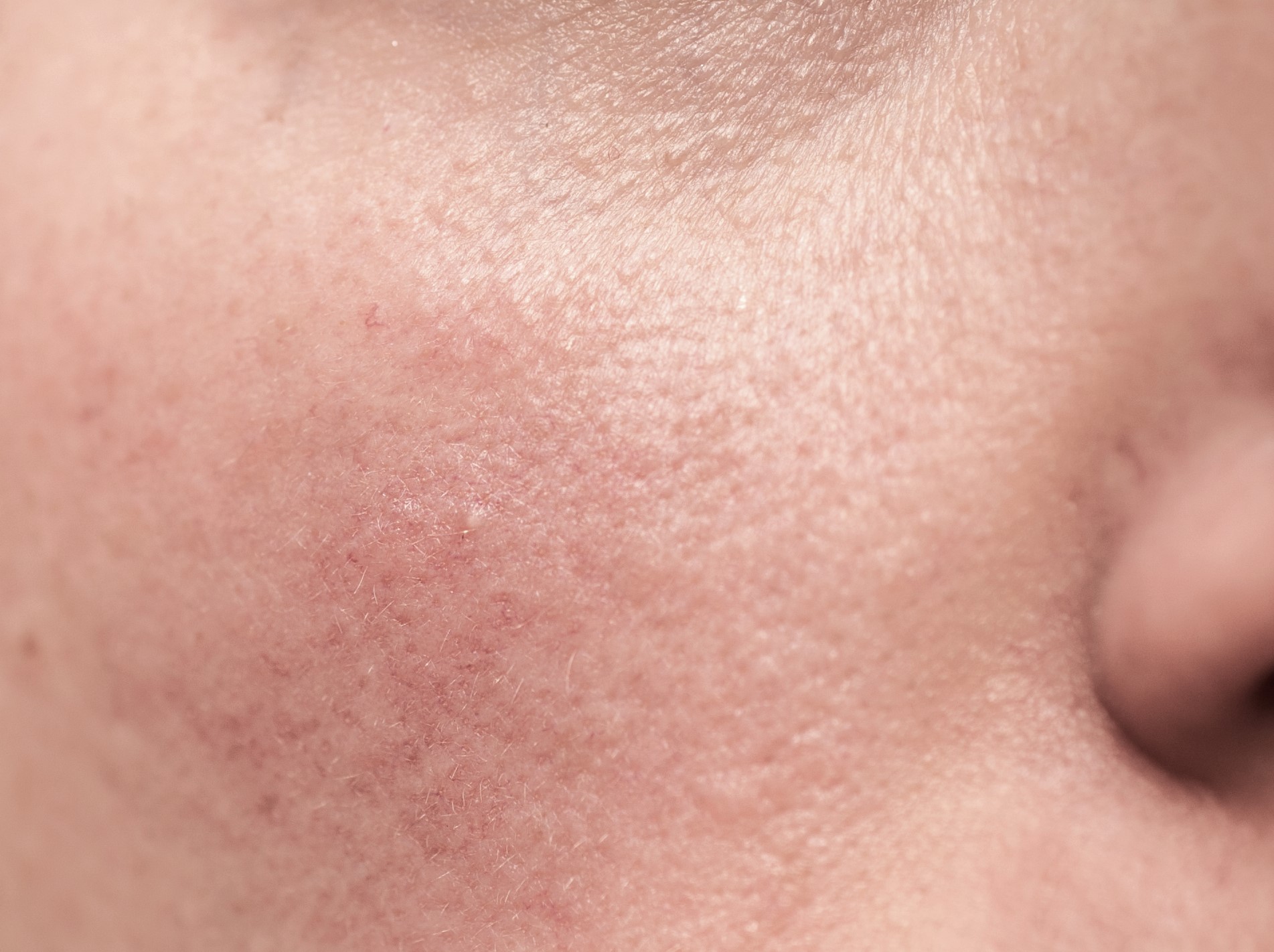

FAQs
What Should I Do Before Laser Hair Removal
Modified: August 5, 2023
Find answers to your general questions about laser hair removal, including what to do before the treatment, to ensure the best results and experience.
(Many of the links in this article redirect to a specific reviewed product. Your purchase of these products through affiliate links helps to generate commission for Under-tec.com, at no extra cost. Learn more)
Table of Contents
Introduction
Are you tired of constantly shaving, waxing, or plucking unwanted body hair? Laser hair removal could be the solution you’ve been looking for. This popular cosmetic procedure offers a long-lasting reduction in hair growth, leaving you with smooth and hair-free skin. Before you take the plunge and book your laser hair removal session, there are a few important steps you should take to ensure the best possible results and a safe experience.
In this article, we will guide you through the pre-treatment steps to take before undergoing laser hair removal. From researching reputable clinics to preparing for your consultation and understanding the procedure’s risks and benefits, we’ve got you covered. We’ll also provide essential information on post-treatment care and follow-up sessions to ensure optimal results.
Laser hair removal works by targeting the hair follicles with intense laser beams. The heat generated by the laser destroys the hair follicles, inhibiting further hair growth. While the procedure is safe and effective, it’s crucial to approach it with proper knowledge and preparation.
By following the steps outlined in this article, you’ll be equipped with the information needed to make informed decisions about laser hair removal. Whether you’re considering it for your legs, underarms, bikini area, chest, or any other part of your body, taking the time to understand the process and plan accordingly will ensure the best possible outcome.
So, say goodbye to inconvenient and temporary hair removal methods and say hello to smooth and hair-free skin. Let’s begin our journey to achieving a long-lasting solution to unwanted hair through laser hair removal.
Research Different Laser Hair Removal Clinics
When considering laser hair removal, it’s crucial to research and choose the right clinic for your treatment. Not all clinics are created equal, and finding a reputable and experienced provider will ensure a safe and effective procedure.
Start your research by seeking recommendations from friends, family, or trusted healthcare professionals who may have undergone laser hair removal themselves. Their firsthand experiences can give you valuable insights into different clinics and practitioners.
Additionally, take advantage of online resources. Look for reputable websites, forums, and social media groups where people share their experiences and recommendations. Online reviews and ratings can help you gauge the quality of different clinics and narrow down your options.
When researching clinics, pay attention to factors such as their years of experience, qualifications of the practitioners, and the types of laser technology they use. It’s essential to choose a clinic with experienced and certified professionals who are knowledgeable about different skin types and hair colors.
Furthermore, consider the clinic’s hygiene practices and customer service. You’ll want to ensure that the facility follows strict sanitation protocols and maintains a clean and comfortable environment for the treatment.
Take the time to schedule consultations with multiple clinics that you have shortlisted. During these consultations, you can assess the clinic’s professionalism, ask any questions you may have, and get a feel for their customer service. A reputable clinic will gladly provide you with detailed information about the procedure, address any concerns, and customize the treatment plan based on your specific needs.
Finally, don’t forget to compare the pricing structures of different clinics. While it’s crucial to find a clinic that fits your budget, it’s equally important not to compromise on quality. Lower prices may sometimes indicate inferior equipment or inexperienced practitioners, so be cautious and prioritize quality over cost.
By thoroughly researching different laser hair removal clinics, you can make an informed decision and choose a reputable clinic that will provide you with a safe and effective treatment. Remember, investing time in research now will lead to better results and a more satisfying experience in the long run.
Consultation with a Dermatologist
Before undergoing laser hair removal, it is crucial to schedule a consultation with a qualified dermatologist. This consultation serves several purposes and allows both you and the dermatologist to evaluate if you are a suitable candidate for the procedure.
During the consultation, the dermatologist will assess your skin type, hair color, and any underlying medical conditions or medications that may affect the treatment’s outcome. This information helps determine the appropriate laser technology and settings to achieve the best results for your specific needs.
Be prepared to discuss your medical history, including any skin or hair-related concerns you may have. It’s also essential to inform the dermatologist about any existing skin conditions, such as eczema or psoriasis, as these may require extra precautions during the laser hair removal process.
Additionally, the dermatologist will thoroughly explain the laser hair removal procedure, including its benefits, potential risks, and expected outcomes. They will also address any concerns or questions you may have, ensuring that you have a clear understanding of what to expect before, during, and after the treatment.
During the consultation, the dermatologist will also perform a patch test. This involves exposing a small area of your skin to the laser to evaluate how your skin reacts and determine the appropriate laser intensity for your treatment sessions.
The consultation is an excellent opportunity to assess the dermatologist’s expertise and experience. Take note of their communication skills, attentiveness, and whether they listen to your concerns and address them adequately. A knowledgeable and experienced dermatologist will be transparent about the procedure and its limitations and provide you with realistic expectations.
In some cases, the dermatologist may advise against laser hair removal if you have certain medical conditions, such as pregnancy, skin infections, or active skin cancer. They may recommend alternative hair removal methods or postpone the treatment until the condition is resolved.
Remember, the consultation is the ideal time to establish a rapport with the dermatologist and ensure that you feel comfortable and confident in their care. Building a trusting relationship will enhance the overall experience and increase the likelihood of successful laser hair removal results.
Preparing for the Procedure
Proper preparation before your laser hair removal session can contribute to the effectiveness of the treatment and improve your overall experience. Here are some essential steps to follow to ensure you are ready for the procedure:
1. Avoid sun exposure: It’s crucial to stay out of the sun and avoid tanning beds for at least two weeks leading up to your laser hair removal session. Sunburned or tanned skin is more prone to complications and may require postponing the treatment.
2. Shave the treatment area: It’s recommended to shave the treatment area one day before your session. This allows the laser to target the hair follicles beneath the skin without singeing any hair above the surface. Avoid waxing, plucking, or using hair removal creams as these methods remove the hair follicle, which is necessary for the laser to target.
3. Cleanse the skin: On the day of your treatment, make sure the skin in the treatment area is clean and free from lotions, oils, or makeup. The laser needs to penetrate the skin without any barriers for optimal results.
4. Avoid using certain skincare products: Some skincare products, such as retinoids or exfoliants, can make your skin more sensitive and increase the risk of complications during laser hair removal. Avoid using these products on the treatment area for about a week before your session.
5. Wear appropriate clothing: Dress comfortably and wear loose-fitting clothing on the day of your appointment. Tight or restrictive clothing may cause irritation or discomfort after the treatment.
6. Discuss pain management options: If you are concerned about discomfort during the procedure, talk to your dermatologist about potential pain management options. They may offer topical numbing creams or suggest over-the-counter pain relievers to help minimize any discomfort.
7. Plan for downtime: While laser hair removal is generally well-tolerated with minimal downtime, some individuals may experience redness or mild swelling in the treated area. It’s a good idea to plan your schedule accordingly and avoid any important events or activities immediately following the procedure.
By following these steps and preparing adequately, you can ensure that your laser hair removal procedure goes smoothly and maximizes the chances of achieving your desired results. Discuss any specific instructions or concerns with your dermatologist to tailor your preparation process to your unique needs. Remember, proper preparation is key to a successful and satisfactory laser hair removal experience.
Understanding the Risks and Benefits
Before undergoing any cosmetic procedure, it’s essential to understand both the risks and benefits. Laser hair removal is a safe and effective treatment for long-term hair reduction. However, like any medical procedure, it carries some risks and considerations.
Benefits:
– Long-lasting results: Laser hair removal can provide significant and long-lasting reduction in hair growth. With multiple sessions, many individuals experience permanent hair loss in the treated areas.
– Precision: The laser targets hair follicles specifically, leaving the surrounding skin unharmed. This precision allows for effective hair removal without causing damage to the skin.
– Efficiency: Unlike temporary hair removal methods like shaving or waxing, laser hair removal targets multiple hair follicles simultaneously. This makes it a more time-efficient option for large areas of the body.
– Improved skin quality: Laser hair removal can have additional benefits for your skin. The laser energy stimulates collagen production, which can lead to smoother and more radiant skin.
Risks and considerations:
– Discomfort or pain: Laser hair removal can cause mild discomfort during the procedure. However, it is generally well-tolerated and any discomfort typically subsides quickly after the treatment.
– Skin changes and sensitivity: Some individuals may experience temporary skin changes, such as redness, itchiness, or swelling. These are usually mild and resolve within a few hours to a few days. In rare cases, laser hair removal can cause changes in skin pigmentation or scarring, particularly in individuals with darker skin.
– Incomplete hair removal: While laser hair removal can significantly reduce hair growth, it may not eliminate all hair completely. Results can vary depending on factors such as hair color, thickness, and the individual’s response to treatment.
– Limited effectiveness on certain hair and skin types: Laser hair removal works best on individuals with fair skin and dark, coarse hair. It may be less effective for individuals with light-colored or fine hair.
It is important to have a thorough discussion with your dermatologist about the potential risks and benefits of laser hair removal, taking into consideration your unique skin type, hair color, and medical history. They will provide personalized advice and help you make an informed decision about whether laser hair removal is suitable for you.
By understanding the risks and benefits, you can set realistic expectations and make an informed choice about laser hair removal. With proper knowledge and guidance from a qualified professional, you can enjoy the benefits of smoother, hair-free skin while minimizing any potential risks.
Post-Treatment Care and Recovery
After undergoing laser hair removal, it’s essential to follow proper post-treatment care to ensure optimal results and minimize any potential side effects. Here are some guidelines to help you with your recovery:
1. Apply soothing creams: Your dermatologist may recommend applying a soothing cream, such as aloe vera gel or a gentle moisturizer, to the treated area. This can help alleviate any redness or discomfort and promote faster healing.
2. Avoid sun exposure: Protect the treated area from direct sunlight and avoid tanning beds. The skin may be more sensitive to UV radiation after laser hair removal, increasing the risk of sunburn and pigmentation issues. If you need to spend time outdoors, apply a broad-spectrum sunscreen with a high SPF and cover the treated area with clothing or a hat.
3. Avoid hot water and saunas: For the first few days following the treatment, avoid hot baths, showers, or saunas. Opt for lukewarm water instead to prevent further irritation or redness of the skin.
4. Avoid hair removal methods: It’s important to avoid waxing, plucking, or any other hair removal method that removes the hair follicle during the recovery period. Let the treated hair fall out naturally to allow the laser to work effectively.
5. Gentle cleansing: Cleanse the treated area gently and avoid scrubbing or using harsh exfoliants for at least a week following the treatment. This prevents irritation and allows the skin to heal properly.
6. Stay hydrated: Drink plenty of water to keep your skin hydrated and promote faster healing. Hydrated skin tends to recover more quickly and is less prone to complications.
7. Follow your dermatologist’s instructions: Each person’s recovery process may vary slightly, so it’s crucial to follow any specific instructions provided by your dermatologist. They may recommend additional post-treatment care or provide guidance based on your individual needs.
8. Schedule follow-up sessions: Laser hair removal typically requires multiple sessions for optimal results. Be sure to schedule your follow-up sessions as recommended by your dermatologist to achieve the desired long-term reduction in hair growth.
By following these post-treatment care guidelines, you can help facilitate the healing process and minimize any potential side effects. If you experience any unusual or severe symptoms, such as excessive pain, blistering, or infection, contact your dermatologist promptly for guidance and support.
Maintenance and Follow-Up Sessions
Maintenance and follow-up sessions are an essential part of the laser hair removal process to ensure long-lasting results. While laser hair removal can provide significant hair reduction, it may not eliminate all hair permanently. Regular maintenance sessions are typically required to maintain the desired level of hair-free skin.
The frequency of maintenance sessions varies depending on factors such as individual hair growth patterns, the area being treated, and hormonal changes. Your dermatologist will provide specific recommendations based on your unique needs.
It’s important to stay consistent with your follow-up sessions to achieve lasting results. Missing sessions or waiting too long between treatments can allow hair to regrow, requiring additional sessions to achieve the desired outcome.
During these follow-up sessions, the dermatologist will assess your progress and adjust the treatment parameters if necessary. They will continue to target any hair that regrows or becomes dormant during the initial treatments, ensuring that you achieve optimal results over time.
In addition to follow-up sessions, it’s important to maintain a good skincare routine and protect your skin from excessive sun exposure. Using a broad-spectrum sunscreen with a high SPF, wearing protective clothing, and avoiding tanning beds will help prevent pigmentation changes and sun damage.
It’s worth noting that laser hair removal can provide long-lasting hair reduction, but it may not result in permanent hair removal for everyone. Factors such as hormonal changes, certain medical conditions, and individual hair growth patterns can affect the outcome. By maintaining regular follow-up sessions, you can effectively manage hair growth and significantly reduce the need for other hair removal methods.
If you have any concerns or questions about the maintenance and follow-up sessions, don’t hesitate to consult your dermatologist. They have the expertise to guide you through the process and provide personalized recommendations based on your specific needs and goals.
By staying consistent with maintenance sessions and taking care of your skin, you can enjoy long-lasting results and the benefits of smoother, hair-free skin with laser hair removal.
Conclusion
Laser hair removal offers a convenient and long-lasting solution for unwanted body hair. By following proper steps and precautions, you can ensure a safe and effective treatment, leading to smooth and hair-free skin.
Before embarking on your laser hair removal journey, it’s important to research reputable clinics and schedule a consultation with a qualified dermatologist. This initial step will help you find the right provider and determine if you are a suitable candidate for the procedure.
Proper preparation before the treatment, such as avoiding sun exposure and shaving the treatment area, is crucial for optimal results. During the procedure, you may experience mild discomfort, but it is generally well-tolerated and any side effects are temporary.
After the treatment, follow the post-treatment care guidelines provided by your dermatologist. This will support the healing process and minimize any potential side effects. Remember to schedule and attend your recommended follow-up sessions to maintain the desired level of hair reduction.
While laser hair removal has numerous benefits, it’s important to note that it may not result in permanent hair removal for everyone. However, with regular maintenance sessions and proper skincare, you can enjoy long-lasting results and reduce the need for other temporary hair removal methods.
Consult with a qualified dermatologist to discuss your individual needs, skin type, and expectations. They will guide you through the process, address any concerns you may have, and help you achieve your desired outcomes.
With laser hair removal, you can say goodbye to the hassle of shaving, waxing, or plucking unwanted hair. Embrace the confidence and freedom that comes with smooth and hair-free skin, and enjoy the convenience of a long-lasting solution with laser hair removal.

